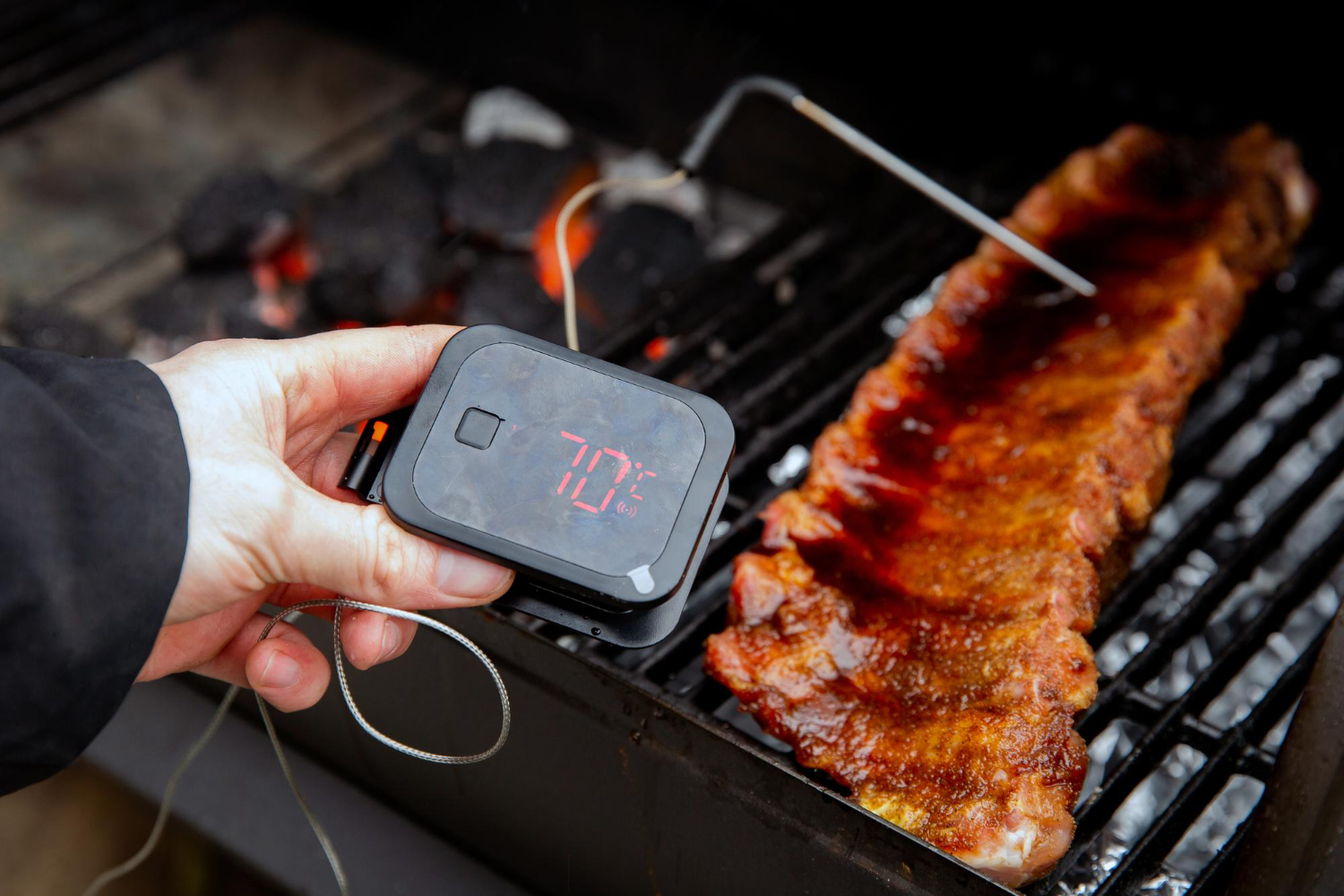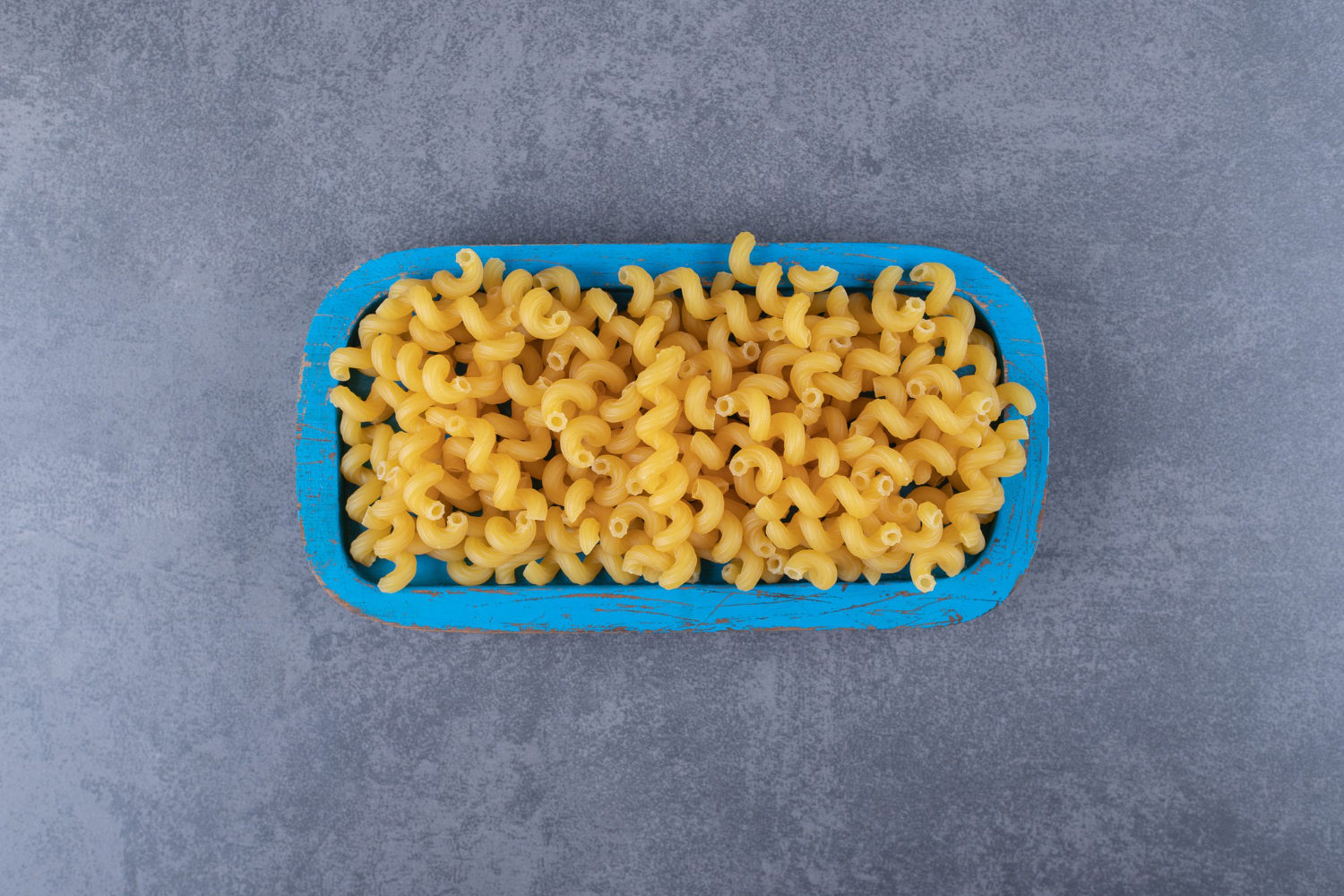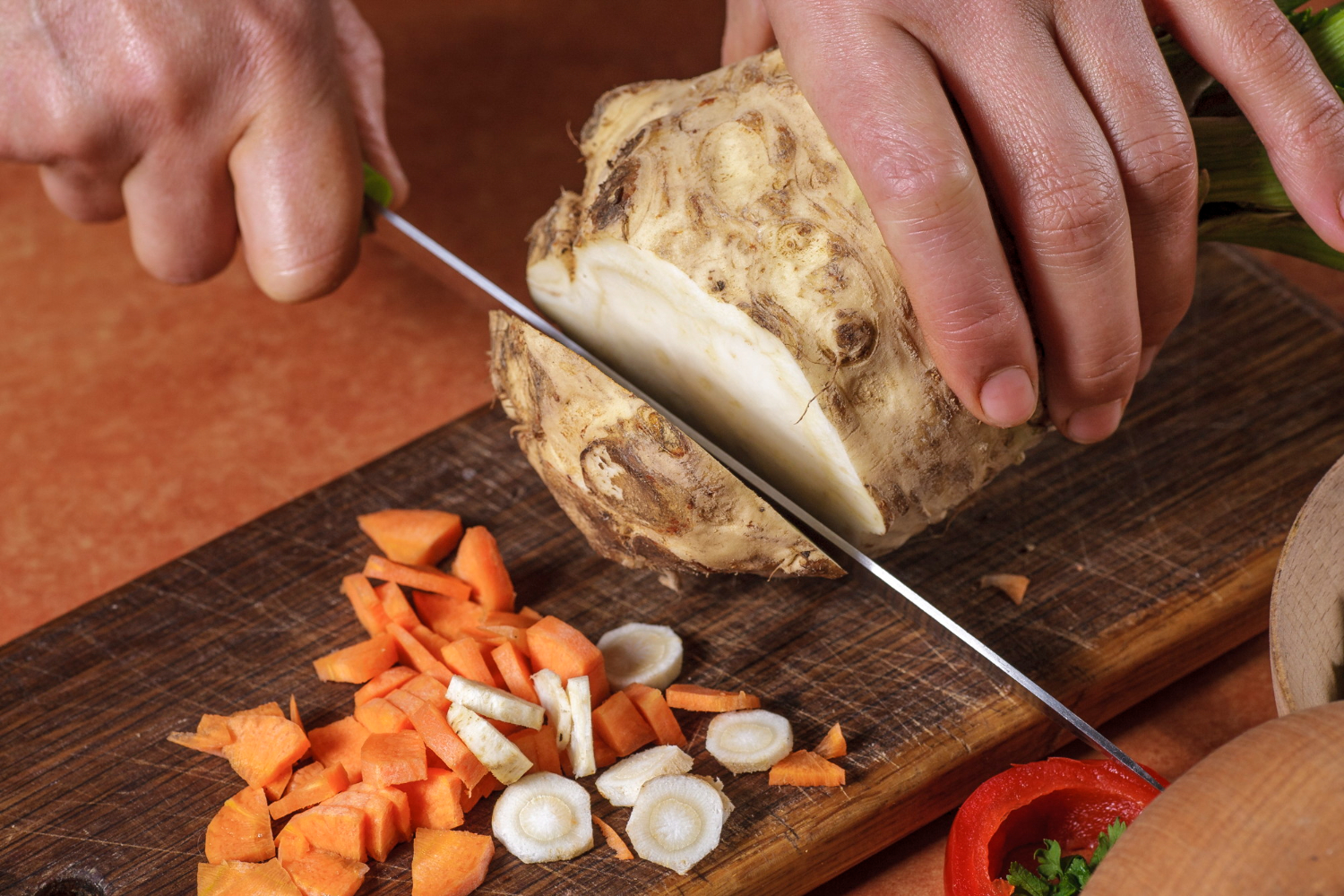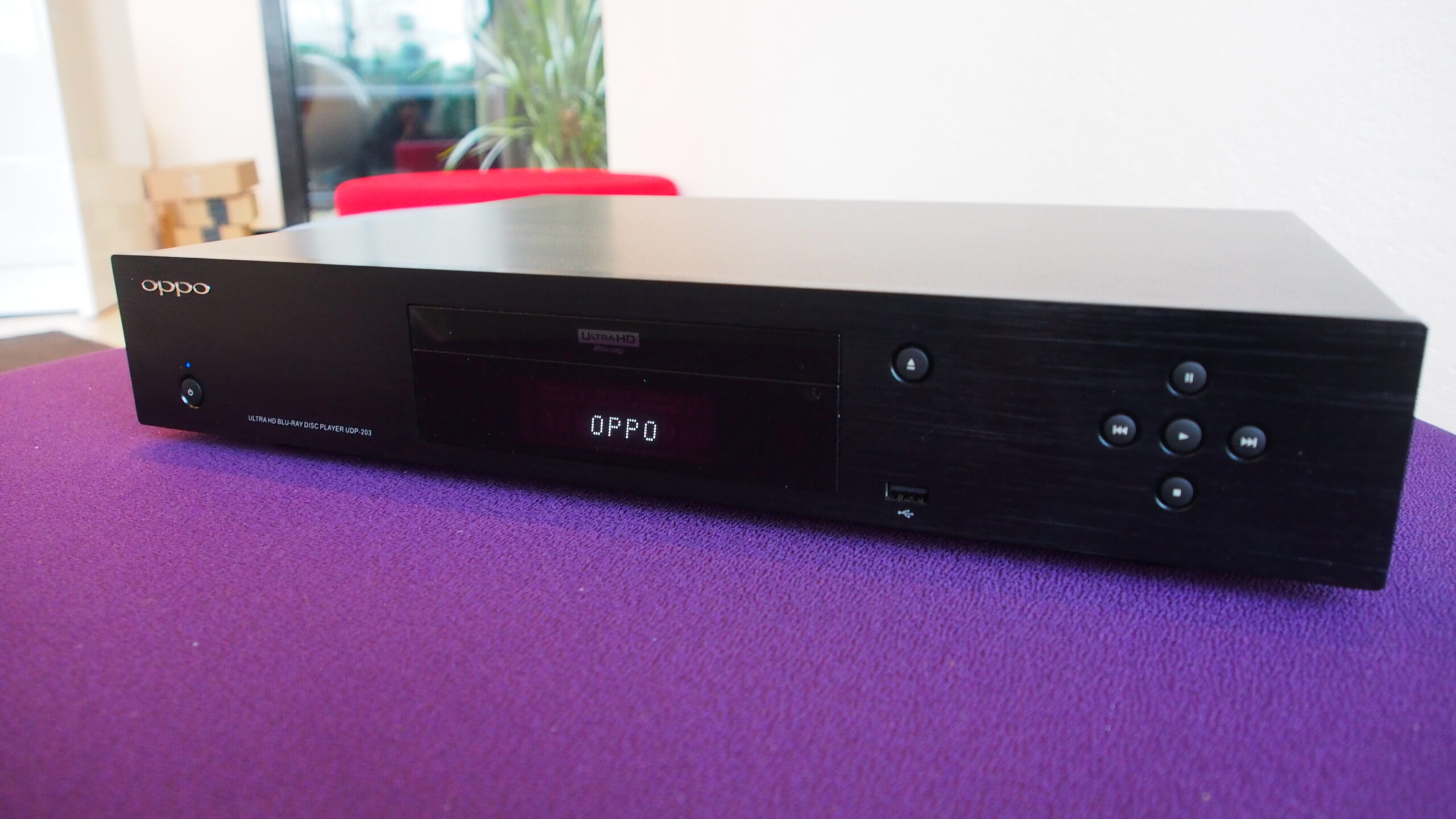In the world of culinary arts, precision is paramount. As cooking techniques evolve and the demand for consistent quality rises, tools that enhance accuracy become essential. Among these tools, the meat thermometer stands out not just as a gadget, but as a cornerstone of modern cooking practices. This article explores the evolution of meat thermometers, their impact on consumer behavior, and the broader implications for food safety and the culinary industry.
Historical Context
The meat thermometer’s origins can be traced back to the 19th century when early versions were simple metal probes used primarily by professional chefs and butchers. These rudimentary devices were designed to prevent overcooking and to ensure that meat was safe for consumption. As home cooking became more prevalent, especially post-World War II, the need for accessible cooking tools surged. This period saw the introduction of dial thermometers, which made it easier for home cooks to monitor meat temperatures without guesswork.
Technological Advancements
The 21st century has ushered in a new era for meat thermometers, characterized by rapid technological advancements. Digital thermometers have become increasingly popular, offering instant readings and enhanced accuracy. Infrared thermometers, which allow users to gauge surface temperatures without direct contact, have also gained traction in both professional and home kitchens.
Smart technology has further revolutionized the meat thermometer market. Devices that connect to smartphones via Bluetooth or Wi-Fi can send temperature readings directly to users, enabling them to monitor their cooking from a distance. This innovation reflects a broader trend in kitchen technology—consumers increasingly seek convenience and precision, allowing them to engage in multitasking while ensuring their meals are cooked to perfection.
Consumer Behavior and Preferences
As the meat thermometer has evolved, so too have consumer preferences. The modern cook is more informed and discerning, often seeking tools that align with their cooking styles, dietary preferences, and lifestyle needs. For instance, the rise in popularity of sous-vide cooking has created a demand for thermometers that can withstand low temperatures for extended periods, while smokers and grill enthusiasts favor devices with robust temperature ranges.
Moreover, consumers are increasingly concerned about food safety. The Centers for Disease Control and Prevention (CDC) estimates that one in six Americans get sick from foodborne illnesses each year. Meat thermometers play a crucial role in preventing these issues by ensuring that meat reaches safe internal temperatures. This growing awareness has influenced buying decisions, with more consumers opting for high-quality, reliable thermometers as part of their kitchen toolkit.
Impact on Culinary Practices
The widespread use of meat thermometers has transformed culinary practices significantly. Chefs and home cooks alike have recognized the value of precision in cooking, leading to more consistent results. This shift is evident in the rise of gourmet home cooking, where individuals replicate restaurant-quality dishes. By using meat thermometers, cooks can achieve the perfect doneness, whether preparing a steak, chicken, or pork, leading to enhanced flavors and textures.
Furthermore, the integration of thermometers into cooking classes and online tutorials has helped demystify the art of cooking. Many educational resources now emphasize temperature control as a vital skill, reinforcing the importance of using a thermometer. This focus on technique cultivates a generation of cooks who prioritize science in their culinary endeavors.
Sustainability and Ethical Considerations
The culinary industry is also increasingly tied to themes of sustainability and ethical sourcing. As consumers become more conscious of their food choices, the role of the meat thermometer extends beyond just cooking. It can also play a part in the movement towards sustainable practices. For example, accurately cooked meat reduces waste by preventing overcooking and maximizing flavor, encouraging responsible consumption.
Additionally, the use of meat thermometers is particularly significant in the context of meat alternatives and plant-based diets. With the rise of vegan and vegetarian options, thermometers can help ensure that these alternatives are prepared safely and effectively. The ability to monitor temperature accurately can enhance the cooking process of plant-based proteins, offering consumers a diverse range of options while ensuring quality.
The Role of Innovation
Innovation continues to drive the meat thermometer market forward. Brands are not only focusing on functionality but also on user experience and design. Sleek, user-friendly models that cater to both aesthetics and utility are emerging, appealing to a broader audience.
Emerging technologies such as app integration, real-time monitoring, and data analysis are changing the way consumers interact with their kitchen tools. These advancements not only cater to tech-savvy individuals but also promote a culture of engagement with cooking, making it a more interactive experience.
Looking Ahead
As culinary trends shift towards more experimental and diverse cooking methods, the future of the meat thermometer looks promising. Its role will likely expand beyond just measuring temperature to become a tool that fosters creativity in the kitchen. As chefs continue to explore new cooking techniques, the demand for advanced thermometers capable of tracking various parameters will rise.
In this context, it’s important for consumers to stay informed about the latest innovations and understand how these tools can elevate their cooking experiences. Whether you are a professional chef or a home cook, embracing the evolution of the meat thermometer can transform not just how you cook, but the way you think about food safety and quality.
Final Thoughts
In conclusion, the meat thermometer is more than just a kitchen tool; it is a reflection of evolving culinary practices and consumer expectations. As we look towards the future, the marriage of technology and tradition will continue to shape the way we approach cooking. Whether grilling in the backyard or preparing a fine dining experience at home, the meat thermometer remains an indispensable ally in the quest for culinary excellence.


















